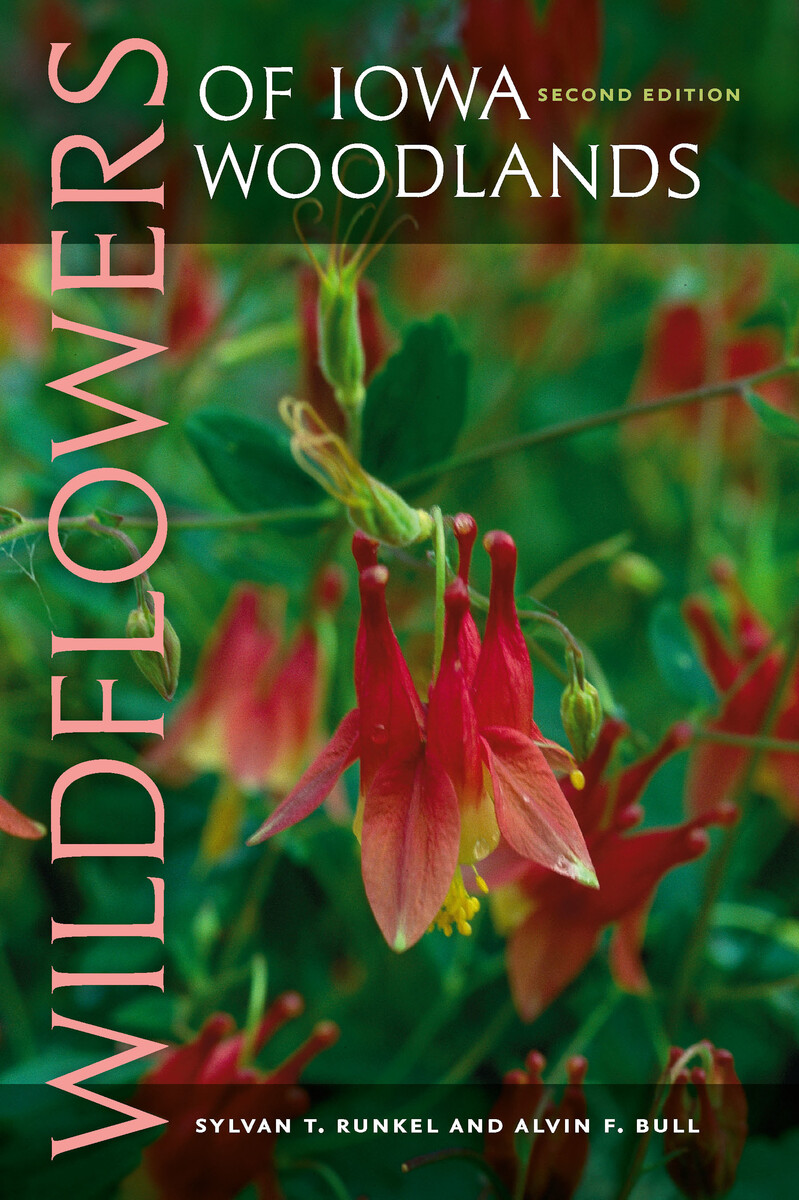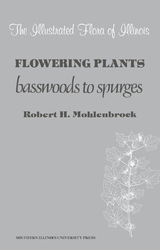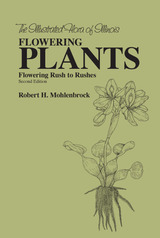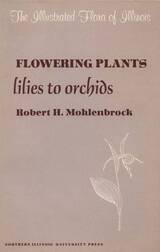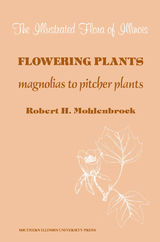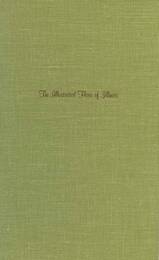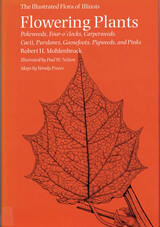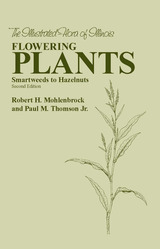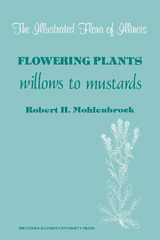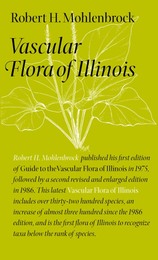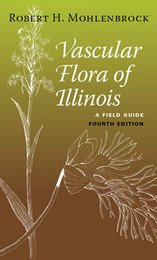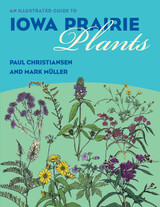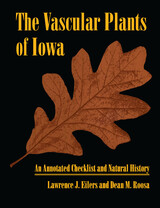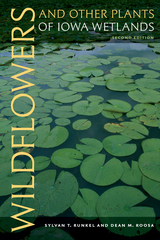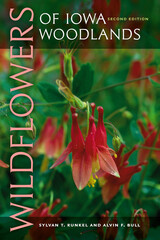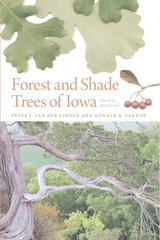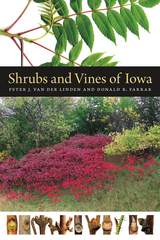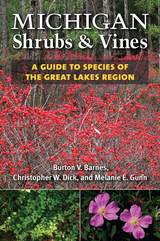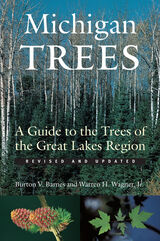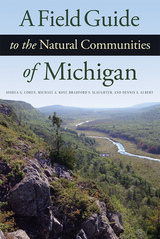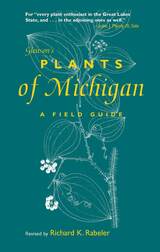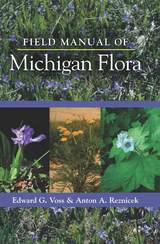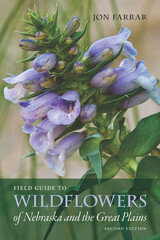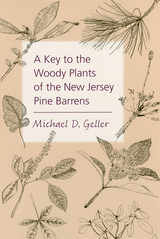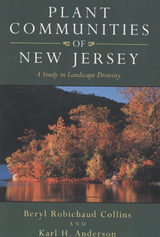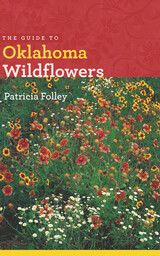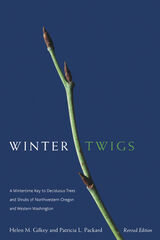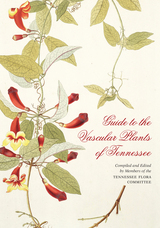Wildflowers of Iowa Woodlands
University of Iowa Press, 2009
Paper: 978-1-58729-823-3 | eISBN: 978-1-58729-884-4
Library of Congress Classification QK160.R86 2009
Dewey Decimal Classification 582.1309777
Paper: 978-1-58729-823-3 | eISBN: 978-1-58729-884-4
Library of Congress Classification QK160.R86 2009
Dewey Decimal Classification 582.1309777
ABOUT THIS BOOK | AUTHOR BIOGRAPHY | REVIEWS | TOC | REQUEST ACCESSIBLE FILE
ABOUT THIS BOOK
This classic of midwestern natural history is back in print with a new format and new photographs. Originally published in 1979, Wildflowers of Iowa Woodlands introduced many naturalists to the beauty and diversity of the native plants of the wooded communities that once covered more than 6 million acres of the state. Now redesigned with updated names and all-new images, this reliable field companion will introduce woodland wildflowers to a new generation of outdoor enthusiasts in the Upper Midwest.
The species accounts are accompanied by brilliant full-page color photographs by Larry Stone, Thomas Rosburg, and Carl Kurtz. In clear, straightforward, and accessible prose, authors Sylvan Runkel and Alvin Bull provide common, scientific, and family names; the Latin or Greek meaning of the scientific names; habitat and blooming times; and a complete description of plant, flower, and fruit. Particularly interesting is the information on the many ways in which Native Americans and early pioneers used these plants for everything from pain relief to insecticides to tonics.
Iowa’s original savannas, woodlands, and forests were cleared with amazing thoroughness, yet enough beauty and diversity remain to give joy to hikers, birders, and mushroomers. Wildflowers of Iowa Woodlands will inspire both amateurs and professionals with the desire to learn more about the wonders of today’s woodlands.
The species accounts are accompanied by brilliant full-page color photographs by Larry Stone, Thomas Rosburg, and Carl Kurtz. In clear, straightforward, and accessible prose, authors Sylvan Runkel and Alvin Bull provide common, scientific, and family names; the Latin or Greek meaning of the scientific names; habitat and blooming times; and a complete description of plant, flower, and fruit. Particularly interesting is the information on the many ways in which Native Americans and early pioneers used these plants for everything from pain relief to insecticides to tonics.
Iowa’s original savannas, woodlands, and forests were cleared with amazing thoroughness, yet enough beauty and diversity remain to give joy to hikers, birders, and mushroomers. Wildflowers of Iowa Woodlands will inspire both amateurs and professionals with the desire to learn more about the wonders of today’s woodlands.
See other books on: Identification | Iowa | Plants, Useful | Wild flowers | Wildflowers
See other titles from University of Iowa Press
